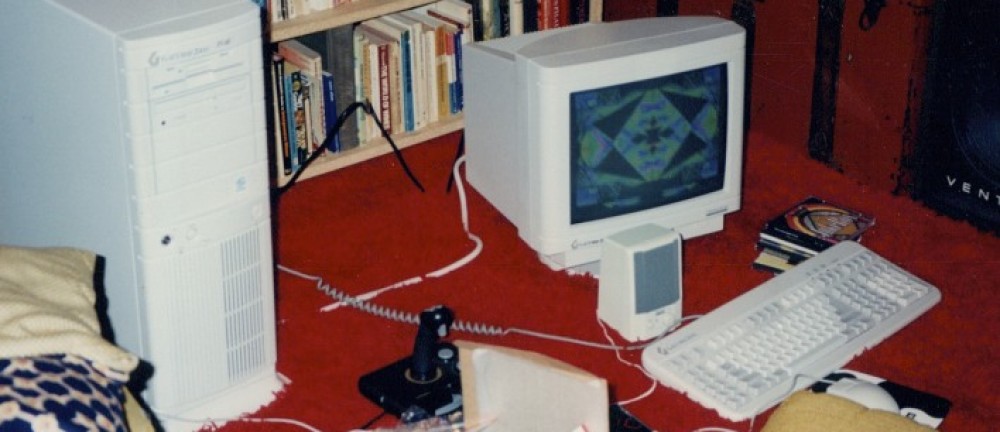Deinterlacing is one of those things that often gets overlooked in video production. When you’re delivering video on the web, it’s really important to deinterlace it, or you’ll see all kinds of interlacing ugliness when your video is displaying on an (inherently progressive scan) computer monitor.
There are a load of ways to deinterlace an image, ranging from the most basic – just throwing away every other field – to crazy complex – optical flow analysis with motion adaptive interpolation. As you might guess, these range in processing-costs from essentially free to very expensive.
Seeing as my email is down at the moment, and seeing as it’s spring break, I decided to spend some time playing with the various deinterlacing options available within Compressor. I mention Compressor specifically because all of the Media Mill presets make use of the basic “deinterlace – blur” filter to force all video to progressive. When the “100% frame size” bug is fixed, I’ll be adding some straight progressive presets, without any deinterlacing.
Deinterlacing is most important when you’re not doing any rescaling of the frame – when you’re shrinking a 1080i frame down to 320×180, it tends to all get blurred away anyways.
Here’s a 1080i60 frame, after being run through an H264 encode with no deinterlacing.

It looks pretty nice, but notice the interlacing blur in Mike’s hand. This is the sort of thing that can get really ugly on a panning shot. It’s a bit harder to see in the web jpeg because the images get shrunk slightly. Here’s a 100% crop:

Next, the same frame but with a “Deinterlace – Blur” applied. I’m using blur because it’s the nicest of the “cheap” deinterlace filters available within Compressor.

Well, his hand looks better, but look at the tripod legs and Rebecca’s dress. They’re terrible! This is really bad artifacting, and it really bothers me because it looks so unnatural.
What happens when we throw just a little bit more (20%) cpu time at the problem? Here’s a frame that has the “Frame Control” deinterlace applied, with the “fastest” option selected, line averaging.

Wow, much better! The diagonal elements look good, and his hand has a proper motion blur, like it should.
One tip – when you’re using the frame control deinterlace within Compressor, be sure to also set the “output fields” dropdown to “progressive,” or the deinterlace won’t have any effect at all.
If we throw even more CPU time at the problem, you get another ~10% improvement in vertical resolution, but it’s really not worth the effort.
So, the verdict? I’ve been doing it all wrong. Starting today, the highest quality Media Mill presets will use frame controls for interlacing. This means the 1080p, 720p (just added!) and “Very Large” 480p presets. This only effects the Quicktime presets for now, as I need to do more testing with WMV.
Fun!







